6061 Marine Aluminum Z Shaped Sections for High Strength Boat Reinforcement
6061 Marine Aluminum Z Shaped Sections are purpose-designed extrusions used for structural reinforcement in marine and offshore applications. Made from 6061 aluminum alloy and formed into Z-profile sections, these members combine high strength, good corrosion resistance, and excellent weldability, making them ideal for stiffening hulls, decks, bulkheads, and other structural areas of boats and small craft.
Features
- High strength-to-weight ratio — 6061 alloy delivers structural strength while minimizing added mass.
- Excellent corrosion resistance in marine environments — especially when anodized or given protective coatings.
- Good weldability and formability — supports on-site fitting and joining.
- Standardized Z profile — facilitates consistent stiffening, interlocking, and lap connections.
- Dimensional accuracy and surface finish — suitable for visible trim and load-bearing components.
- Compatible with fasteners, adhesives, and common marine coatings.
Typical Chemical Composition (wt %)
| Element | Si | Fe | Cu | Mn | Mg | Cr | Zn | Ti | Al |
|---|---|---|---|---|---|---|---|---|---|
| Range | 0.4–0.8 | 0.7 max | 0.15–0.40 | 0.15 max | 0.8–1.2 | 0.04–0.35 | 0.25 max | 0.15 max | Balance |
Notes:
- 6061 is a heat-treatable Al-Mg-Si alloy. Small additions of Cu and Cr improve strength and grain structure.
- Typical analysis may vary slightly by mill; always request a certified chemical report for critical orders.
Mechanical Properties (Typical, T6 Temper)
| Property | Typical Value |
|---|---|
| Ultimate tensile strength (UTS) | 310–350 MPa (45–51 ksi) |
| Yield strength (0.2% offset) | 270–310 MPa (39–45 ksi) |
| Elongation at break | 8–12% (varies with section thickness) |
| Hardness (Brinell) | 95–115 HB |
| Density | 2.70 g/cm³ |
| Modulus of Elasticity | 68.9 GPa |
Notes:
- T6 temper indicates solution heat-treated and artificially aged for peak strength.
- Mechanical properties vary with cross-section thickness and manufacturing process.
Typical Z Section Geometries & Technical Specifications
The following table lists representative Z-section dimensions commonly used in marine reinforcement. Custom sections are available on request.
| Designation | Leg A (mm) | Web (mm) | Leg B (mm) | Thickness (mm) | Moment of Inertia Ix (cm4/m) | Section Modulus Sx (cm3/m) | Mass (kg/m) |
|---|---|---|---|---|---|---|---|
| Z-60x40x3 | 60 | 40 | 40 | 3 | 0.35 | 1.17 | 0.63 |
| Z-80x50x4 | 80 | 50 | 50 | 4 | 0.90 | 2.40 | 1.09 |
| Z-100x60x5 | 100 | 60 | 60 | 5 | 2.10 | 4.20 | 1.70 |
| Z-120x70x6 | 120 | 70 | 70 | 6 | 3.60 | 6.00 | 2.50 |
Notes:
- Ix and Sx values are illustrative and approximate. Mill certification or FEA should be used for final design.
- Mass based on solid cross-section density of 2.70 g/cm³.
Corrosion Resistance and Surface Treatments
| Treatment Type | Description | Typical Benefit |
|---|---|---|
| Natural (mill) | Extruded, no further finish | Economical, limited corrosion protection |
| Anodizing (Class I/II) | Electrochemical oxide layer (10–25 µm) | Improved corrosion & wear resistance, attractive finish |
| Alodine/Conversion Coating | Chromate-free conversion for bonding/paint adhesion | Enhanced paint adhesion, short-term corrosion resistance |
| HD Powder Coating | Thick polymer coating | Excellent aesthetic and corrosion protection |
| Mechanical polishing | Bead blast or brushed finish | Reduced surface defects, improved fatigue life |
For marine service, anodizing followed by suitable sealant or paint is commonly recommended. In highly corrosive saltwater (offshore/on the waterline), additional coatings and regular maintenance are advisable.
Fabrication and Joining
- Welding: 6061-T6 is weldable using MIG/TIG (GTAW/GMAW) with filler alloys such as ER4043 (Al-Si) or ER5356 (Al-Mg). Expect localized strength reduction in the heat-affected zone; post-weld heat treatment is rarely practical for extrusions, so design for reduced local properties or use annealed filler procedures.
- Mechanical fastening: Compatible with stainless steel fasteners; use isolation (sealants or insulating washers) to avoid galvanic corrosion with dissimilar metals.
- Cutting/Forming: Can be trimmed and notched with standard aluminum cutting tools. Bending of Z sections is limited—best to manufacture final geometry by extrusion rather than cold form.
Performance Benefits in Boat Reinforcement
- Structural reinforcement: Provides longitudinal and transverse stiffening to control hull deflection, increase rigidity of decks, and support cabinetry or running gear.
- Weight savings: High specific strength reduces added weight compared to steel stiffeners, improving fuel efficiency and payload.
- Corrosion durability: Reduced maintenance and longer service life with proper surface treatment.
- Ease of installation: Pre-extruded uniform sections enable rapid, consistent fitment and reduce on-site fabrication time.
- Aesthetic finish: Anodized or coated extrusions can serve as visible trim or framing elements with a professional appearance.
Typical Use Cases
- Hull stringers and stiffeners for small to medium-sized aluminum boats
- Deck reinforcement under high-load areas (winch beds, engine mounts, deck hardware)
- Transom bracing and reinforcement around through-hull fittings
- Bulkhead framing and stiffeners for cabin structures
- Support rails for floor panels, seating mounts, and accessory racks
- Retrofit reinforcement for corroded or weakened structural areas where welding replacement is impractical
Selection Guidelines
- Identify load cases: bending, shear, torsion, impact, and concentrated loads (e.g., engine).
- Calculate required bending stiffness and strength; select section geometry and thickness to meet Ix and Sx requirements with an appropriate safety factor.
- Consider corrosion environment: choose surface finish (anodize + sealer/paint) and isolation details for fasteners.
- Plan for joining: if welding, design to accommodate lower post-weld strength in the HAZ; if mechanical fastening, account for bearing stresses and sealant.
- Verify clearances for installation and accessibility for maintenance.
- Request mill test reports for chemical composition and mechanical test certificates for critical applications.
Quality Assurance & Testing
- Certified chemical composition per EN 573 / ASTM B221 as applicable.
- Mechanical testing: tensile tests per ASTM E8 / EN ISO 6892.
- Dimensional tolerances per extrusion standards (e.g., EN 755 / ASTM B221).
- Surface finish inspection and adhesion testing for coatings.
- Non-destructive inspection (NDT) such as dye-penetrant or ultrasonic testing on welded assemblies when required.
| Item | Specification |
|---|---|
| Alloy/Temper | 6061-T6 (or 6061-T6511 on request) |
| Section Profile | Z-shaped extrusion, custom or standard sizes |
| Surface Finish | Mill, clear anodize 10–20 µm, or powder coat |
| Tolerance | Per EN 755 / ASTM B221 |
| Certification | Mill test certificate (chemical + mechanical) |
| Packaging | Palletized with interleaving, plastic wrap |
| Typical Lead Time | 2–6 weeks depending on quantity and profile |
Limitations and Considerations
- Fatigue: While 6061 has good fatigue properties, sharp notches, welds, and stress concentrators reduce fatigue life — design accordingly.
- Galling and abrasion: Aluminum is softer than steel; consider protective plates or sacrificial strips in wear locations.
- Thermal treatment: Post-fabrication heat treatment of extrusions is not always practical; specify temper carefully at order stage.
- Galvanic corrosion: Avoid direct contact with more noble metals (e.g., copper, stainless steel without isolation) in seawater.
Related Products
Marine aluminum channels
Marine Aluminum Channels are U-shaped aluminum profiles produced from alloys such as 5083, 5052, and 6061, known for their excellent marine corrosion resistance and superior mechanical strength.
View DetailsMarine aluminum angles
Marine Aluminum Angles are L-shaped cross-sectional aluminum profiles produced from marine-grade aluminum alloys such as 5083, 5052, and 6061.
View DetailsMarine aluminum Z-shaped sections
Marine Aluminum Z-shaped Sections are fabricated from premium marine-grade aluminum alloys such as 5083, 5052, and 6061. These alloys are well-regarded for their superior corrosion resistance in seawater and marine atmospheres, along with good mechanical strength and excellent weldability.
View Details6061 T6 marine aluminum flat bar
6061 aluminum is classified as a heat-treatable 6xxx series alloy, alloyed primarily with magnesium and silicon. The T6 temper designation indicates that the flat bar has been solution heat-treated and artificially aged to achieve optimum strength and hardness.
View Details5083 marine aluminum flat bar
5083 aluminum flat bars belong to the 5xxx series of aluminum-magnesium alloys, known primarily for their superior resistance to seawater corrosion and salt spray.
View Details6061 marine aluminum round bar
6061 aluminum belongs to the 6xxx series alloys, alloyed primarily with magnesium and silicon. In the T6 temper, it undergoes solution heat treatment and artificial aging, resulting in enhanced mechanical properties while maintaining excellent corrosion resistance.
View DetailsRelated Blog
6061 Marine Aluminum Channels for Boat Deck and Frame Construction
6061 marine aluminum channels are extruded structural profiles manufactured from 6061-T6 (or T6511) aluminum alloy, engineered specifically for marine applications such as boat decks, hull framing, stringers, railings, and equipment mounts.
View Details6061 Marine Aluminum Channels for High Strength Coastal Engineering
Marine aluminum has revolutionized coastal engineering, and at the fulcrum of this evolution lies 6061 marine aluminum channels. These channels bring unparalleled strength, corrosion resistance.
View Details6061 Marine Aluminum Channels for Custom Marine Component Fabrication
When it comes to constructing reliable, corrosion-resistant, and durable marine structures, the choice of material is pivotal. Among several options.
View Details6061 Marine Aluminum Angles for Boat Deck Support and Reinforcement
6061 Marine Aluminum Angles are specially designed aluminum alloy structural components, widely used in marine environments for boat deck support, reinforcement, and framework.
View Details6061 Marine Aluminum Z Shaped Sections for High Strength Boat Reinforcement
6061 Marine Aluminum Z Shaped Sections are purpose-designed extrusions used for structural reinforcement in marine and offshore applications. Made from 6061 aluminum alloy and formed into Z-profile sections, these members combine high strength.
View Details6061 Marine Aluminum Rod & Bar for Durable Marine Engineering
6061 marine aluminum rod and bar, engineered for strength, corrosion resistance, and performance in harsh marine environments. Detailed specifications, chemical composition, temper conditions, and industrial standards included.
View Details

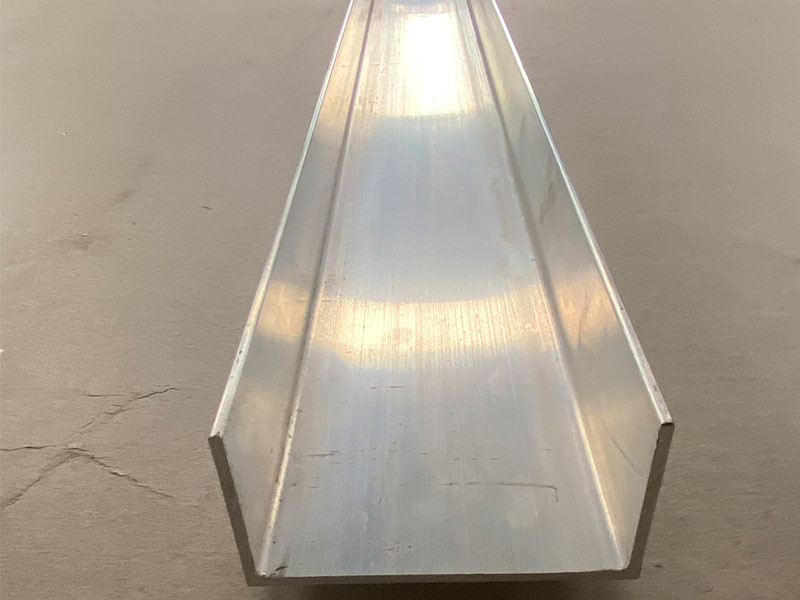

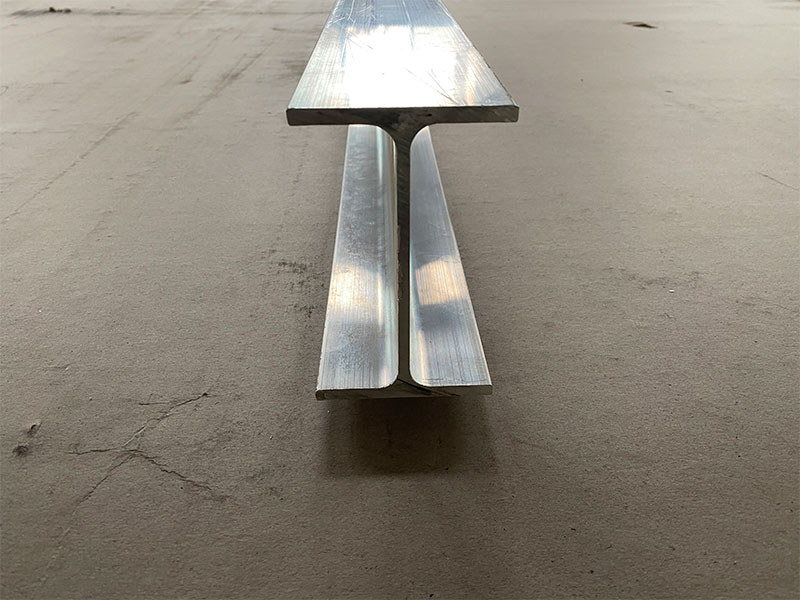
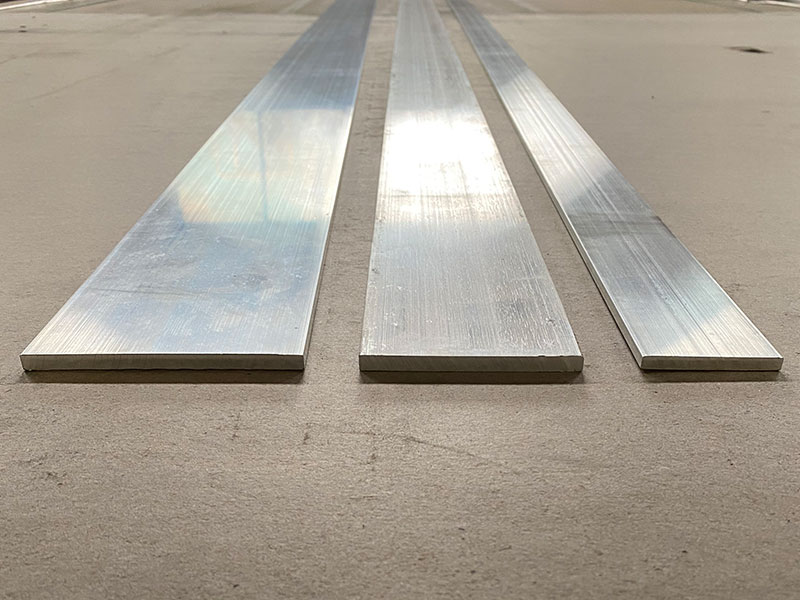
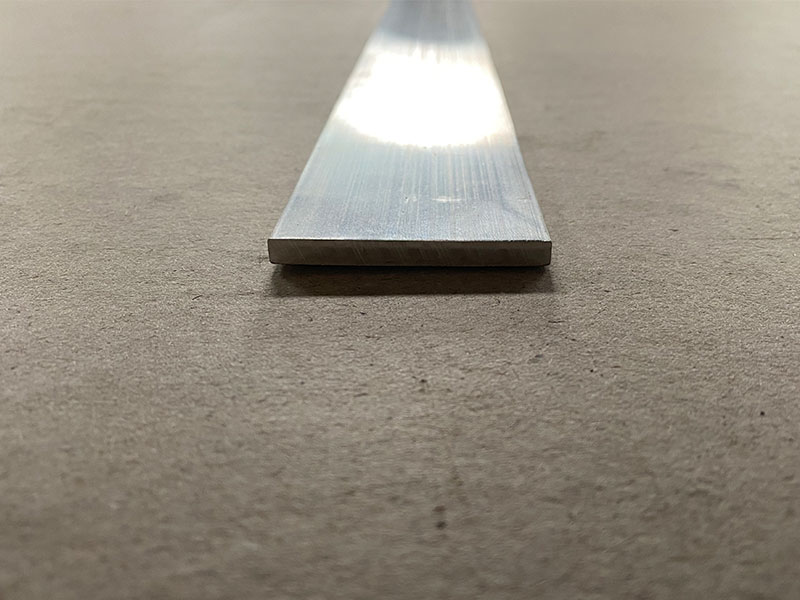
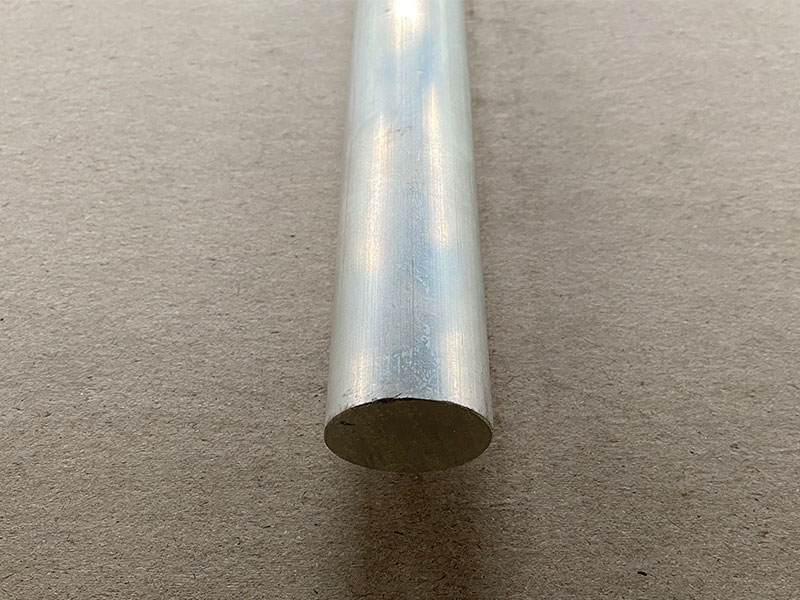






Leave a Message